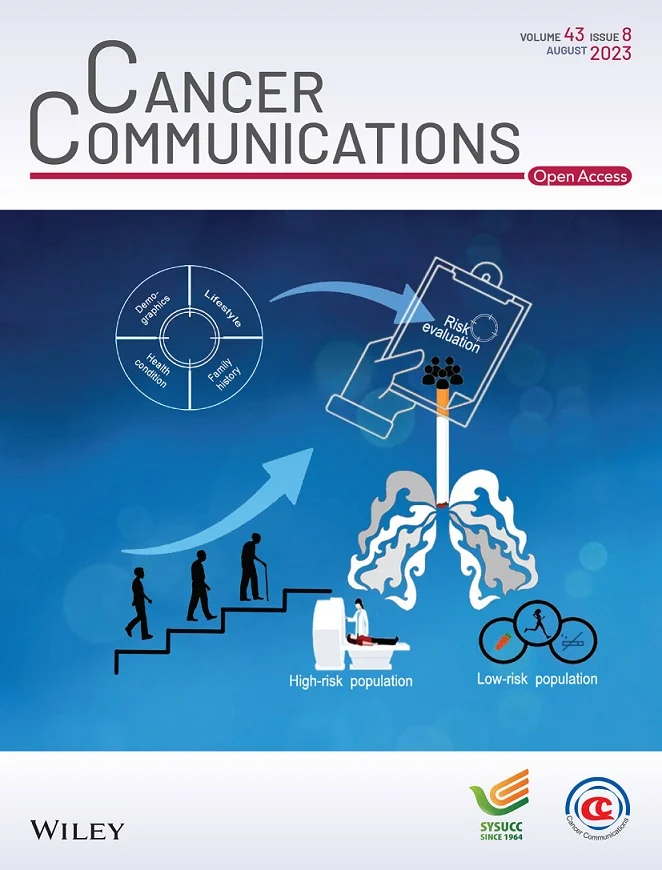Coordinated gene expression within sustained STAT3-associated chromatin conformations contributes to hepatocellular carcinoma progression
Abstract
Background
Phosphorylated signal transducer and activator of transcription 3 (p-STAT3) has emerged as a critical modulator of hepatocellular carcinoma (HCC) progression. However, its role in three-dimensional (3D) chromatin conformation and the expression of genes linked to HCC aggressiveness remains largely unexplored. This study aimed to identify HCC 3D chromatin conformations that are regulated by sustained STAT3 activation and validate the molecular mechanisms underlying the aggressiveness of HCC.
Methods
Comparative analyses were performed using HCC cell lines with varying levels of STAT3 activation. Chromatin immunoprecipitation-sequencing (ChIP-seq) for p-STAT3 and H3K27ac was conducted to map p-STAT3-associated genomic regions and assess its influence on chromatin states. Chromatin conformation sequencings (high-throughput chromosome conformation capture and high-throughput chromosome conformation capture followed by immunoprecipitation) were employed to investigate the 3D genome landscape and identify conformational changes linked to sustained p-STAT3 activation. RNA-sequencing was performed to assess transcriptional changes in response to these chromatin rearrangements. Functional assays, including invasion and tube formation assays, were carried out to validate the phenotypic impact of p-STAT3 activation on HCC progressiveness. Pharmacological inhibition of STAT3 was tested to explore potential therapeutic avenues and resistance mechanisms.
Results
We found that sustained activation of p-STAT3 was significantly associated with poor prognostic outcomes in HCC patients. ChIP-seq demonstrated that p-STAT3 regulated chromatin interactions, leading to the formation of frequently interacting regions (FIREs), stable structural units within the 3D genome. Genes within these p-STAT3-associated FIREs exhibited coordinated expression, with many involved in aggressiveness HCC phenotypes like invasion and tube formation. Chromatin conformation data indicated that these FIREs altered topologically associating domains (TADs), potentially influencing broader chromatin organization. Despite STAT3 inhibition, p-STAT3-associated chromatin conformations remained intact, maintaining the expression of genes within FIREs and contributing to drug resistance.
Conclusions
Sustained p-STAT3 activation significantly alters the 3D chromatin conformation in HCC, particularly through the formation of FIREs. These p-STAT3-associated FIREs drive the expression of genes involved in HCC aggressiveness and remain active despite STAT3-targeted treatments, suggesting a mechanism of drug resistance. These findings highlight the potential of targeting 3D chromatin dynamics as a therapeutic strategy in HCC, especially in cases of STAT3 inhibitor resistance.


 求助内容:
求助内容: 应助结果提醒方式:
应助结果提醒方式:


